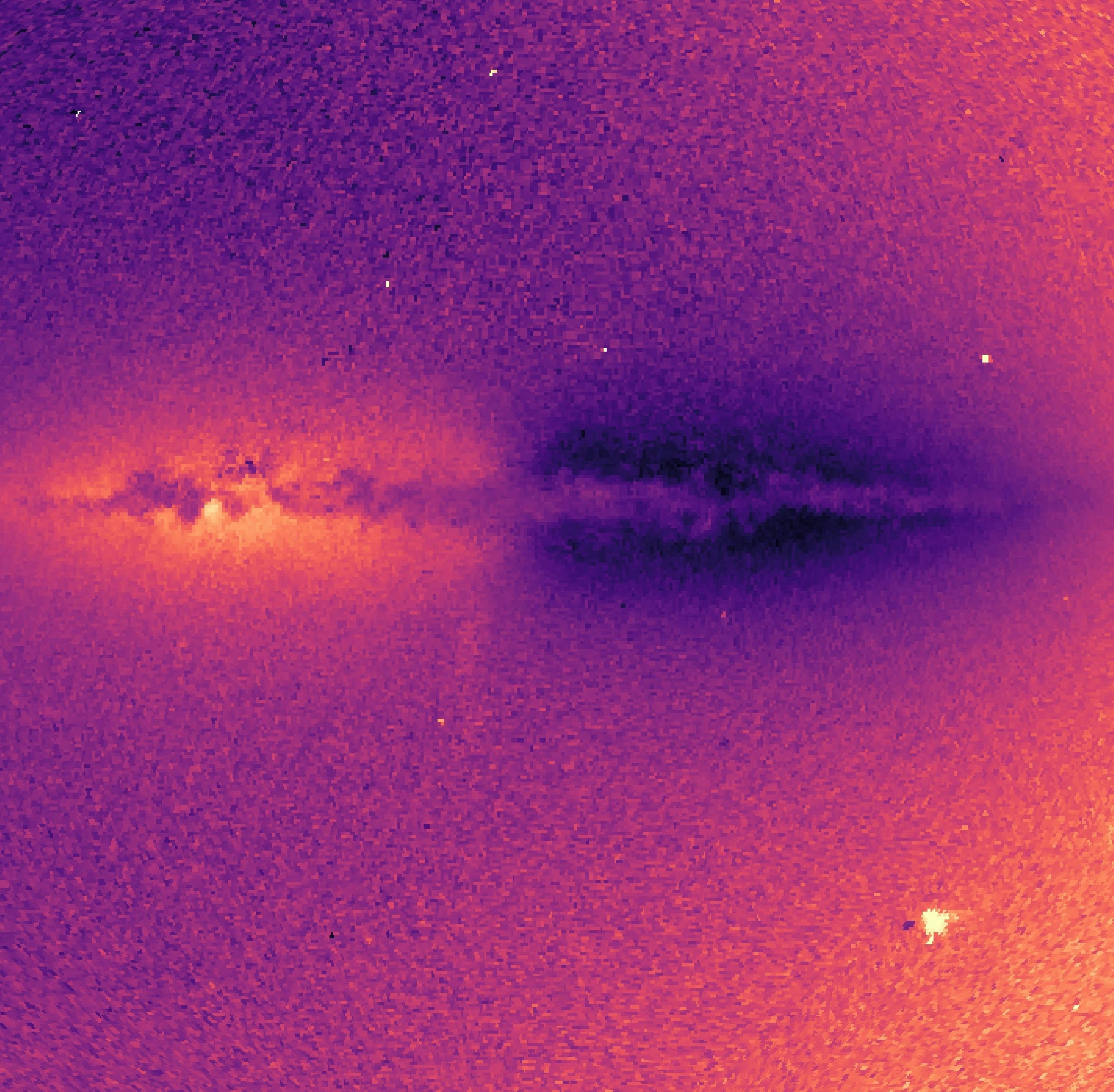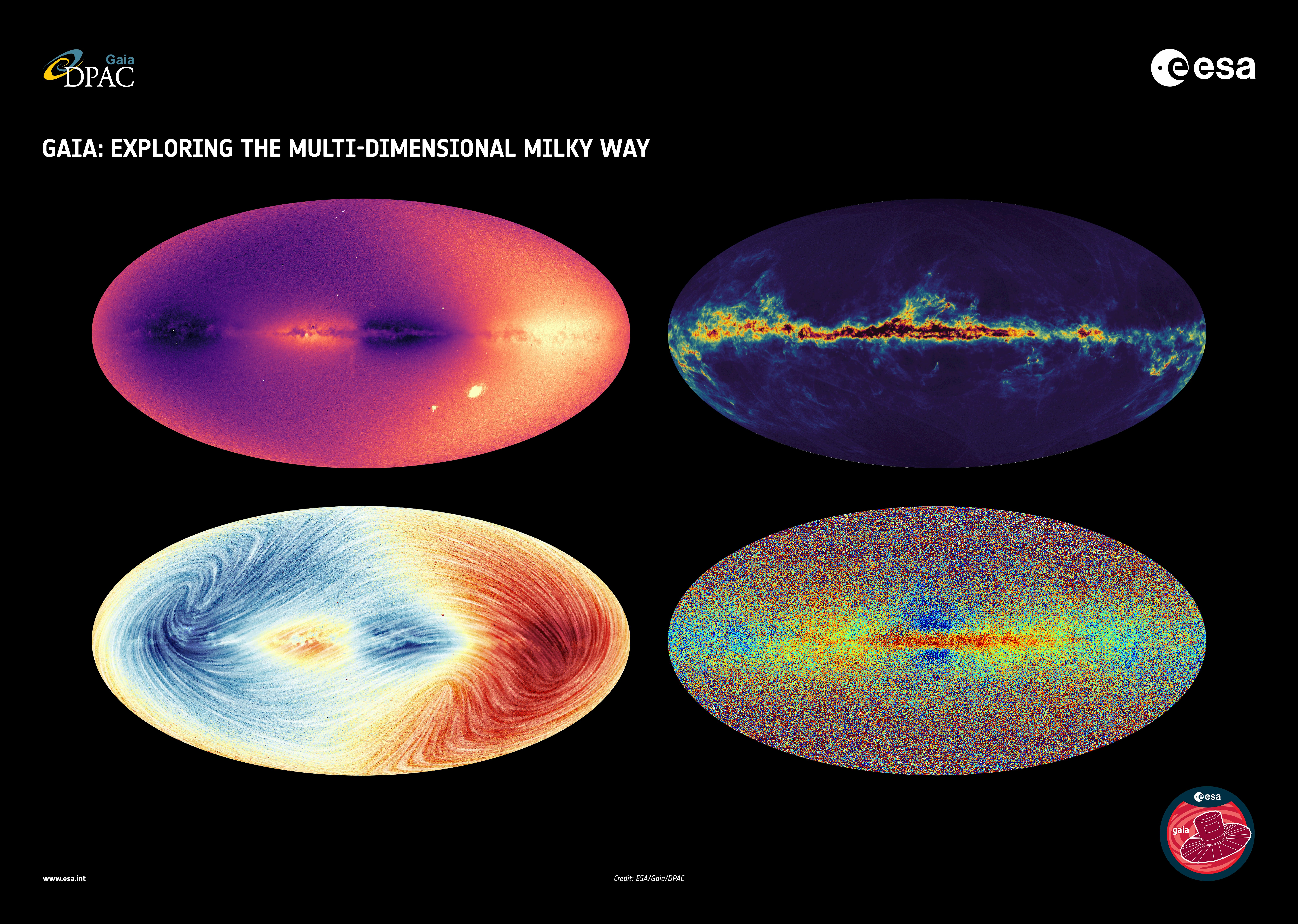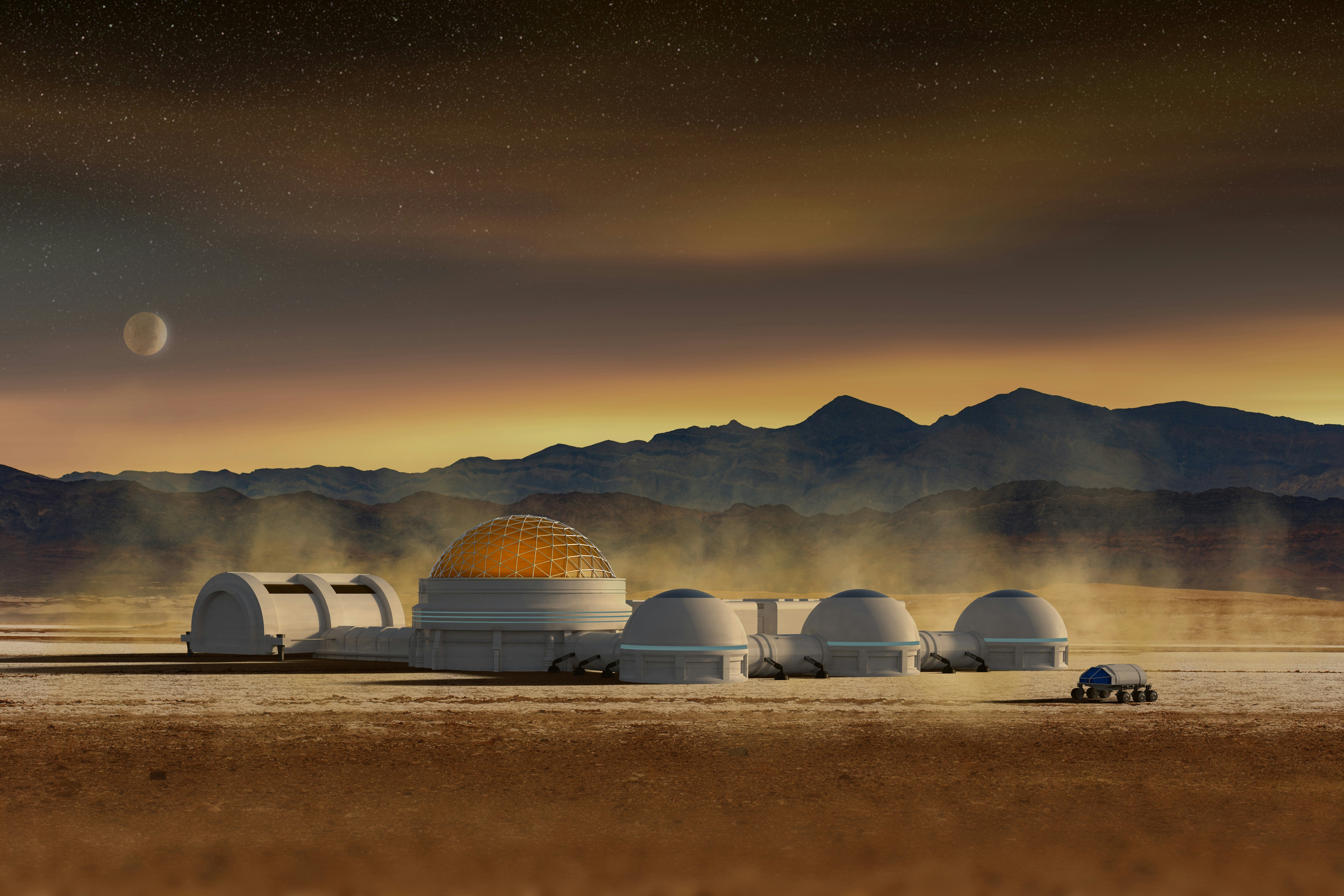
First, there were earthquakes. Then, on April 6, 2019, NASA’s Mars InSight lander felt the first Marsquake ever recorded. Now, astronomers think they have discovered another seismic phenomenon out in the cosmos: Starquakes.
In essence, the finding could open a new field of astronomy devoted to astroseismology.
This is an adapted version of the Inverse Daily newsletter for Tuesday, June 14, 2022. Subscribe for free and learn something new every day.
Happy Tuesday! Tremble before the sheer profundity of the new astronomy findings and bask in the glory of the other science stories in today’s newsletter. I’m so glad you’re here with us.

ESA’s Gaia satellite opens a starquake mystery
The ESA released a trove of data about the night sky on Monday, June 13. The haul, which equates to 10 terabytes worth of data, encompasses information on the positions of stars, hints to unexplored exoplanets, new knowledge about thousands upon thousands of asteroids, whispers of distant quasars, and more.
The data comes courtesy of the Gaia mission from the European Space Agency, which is a space-based observatory whose job is to survey the entire sky. Gaia tracks the positions of stars of the Milky Way and captures observations of other objects along the way. It has surveyed almost 2 billion objects to create the most accurate 3D map of our galaxy to date.
The new haul of data, the third release from Gaia to date, will teach us about what stars are made of and how fast they are moving.
Astronomers have already spotted one oddity in the new Gaia data: starquakes. Unexpectedly, Gaia can pick up jiggles on the surface of a star which change its shape by a small amount. Stars are not perfectly round, but can change their overall shape by a small degree when tsunami-like waves ripple across their surfaces.

Human settlements on the Moon will depend on answering two fundamental questions
Two experiments headed to the Moon could solve for mysteries of the Moon’s geology and how humans could withstand life on our satellite.
The new experiments could help answer both of these questions. One experiment will probe the mysteries of lunar geology — particularly, the ancient volcanic activity that shaped the riven and pock-marked orb we see today. The other experiment will test how the Moon’s gravity and radiation affect living cells — crucial health information to enable humans to live and work safely on the Moon for extended periods of time.
Both of these experiments, which will be shot into space by commercial launch companies, promise to deliver data that will be crucial to meeting Artemis’s goal of establishing a lunar habitat for humans by 2030. But beyond that, the information NASA and the project scientists glean can also help design future crewed lunar missions — and perhaps even crewed missions further afield in space.
The experiments are part of NASA’s Payloads and Research Investigations on the Surface of the Moon (PRISM) initiative, which invites outside organizations and companies to pitch NASA ideas and tech to take to the Moon. In total, the program will award up to $2.6 billion worth of contracts split up between each selected experiment.
The baby poop of hunter-gatherers could unlock better gut health
The Hadza are known for their exceptionally healthy microbiomes — and new research shows it starts at an early age. A new study involving members of some of the last hunter-gatherers living on Earth reveals why you should pay more attention to what’s coming out as well as what’s going in your body.
Poop contains a multitude of microorganisms — that is the bacteria, viruses, and fungi that inhabit our guts — and gives us a glimpse into the health of our microbiomes, what researchers dubbed the ecosystem of these tiny critters that make the inside of our bowel walls their home.
Infant poop, as gnarly as it might seem, is crucial to study and scrutinize. This microbial ecosystem isn’t fully established the moment we are born. It takes time for the various microbes to organize themselves into a thriving community. Microbiologists have found our microbiomes start to establish themselves during the first six months of life — in western, industrialized countries at least. These tiny communities are unique to every individual and vary depending on where a person lives and what they eat.
Once our gut microbiomes are established, they pretty much stay that way for the rest of our lives — so understanding early development is key.

Look: Scientists map Antarctica’s ocean depths in incredible detail
A new map of the Antarctic seabed gives unprecedented detail to the most remote ocean in the world. There’s so much we still don’t know — but these maps offer at least some new insight into Antarctica’s oceans.
This week, researchers writing in the journal Scientific Data describe the most detailed view of the Antarctic seabed’s depths.
It’s the latest iteration of the International Bathymetric Chart of the Southern Ocean (IBCSO), the most detailed map of the region since it first debuted in 2013.
Mapping out the seabed’s depths gives researchers vital information about the region — especially as human activities increase there.
“Despite its remoteness and hostility, human activities are increasingly extending into this distant part of the world, examples including research, fisheries, and tourism,” write the researchers of the new report.

About this newsletter: Do you think it can be improved? Have a story idea? Want to share a story about the time you met an astronaut? Send those thoughts and more to newsletter@inverse.com.
- On this day in history: On June 14, 1963, the U.S.S.R. launched a manned spacecraft called Vostok 5. It was quickly followed a few days later by Vostok 6, which also carried the first woman into space, Valentina Tereshkova.
- Song of the day: “Music For a Sushi Restaurant,” by Harry Styles







